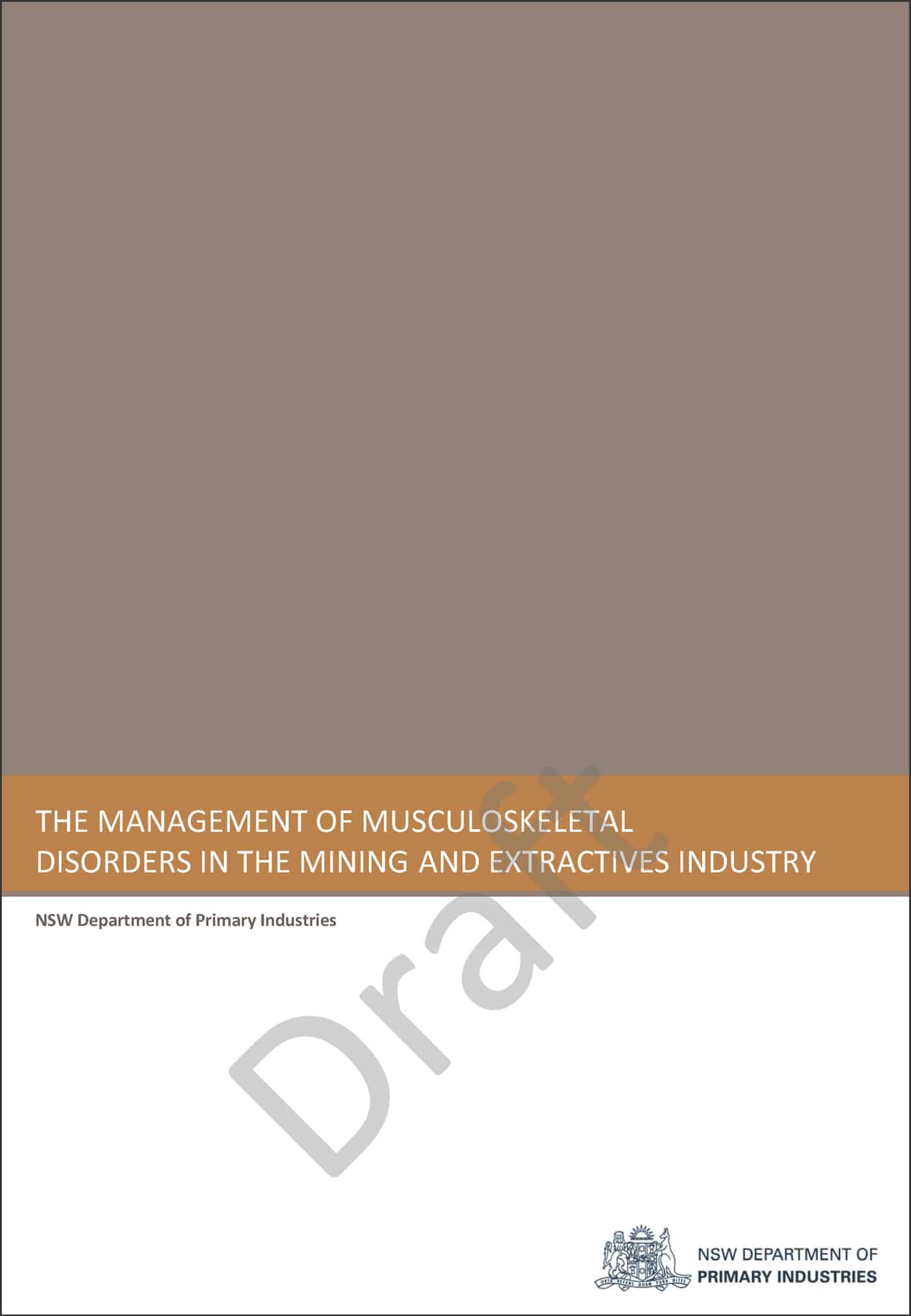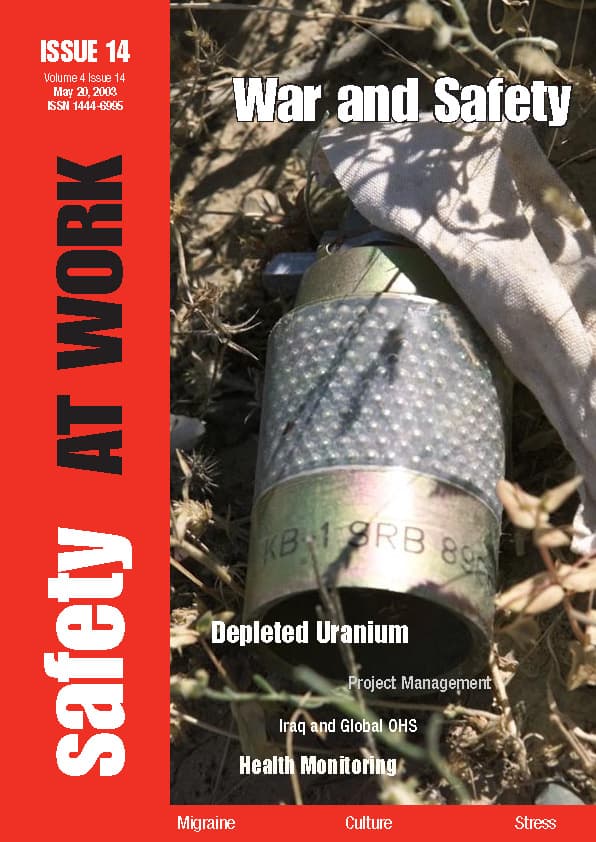There have been several media reports of the disappointment in the findings felt by Larry Knight’s family but little else in the media, particularly over the weekend when some retrospection could have been expected.
However, the Tasmanian workplace relations minister, Lisa Singh, issued a statement last week. The most significant parts of the statement are
“I was pleased that the coroner Mr Rod Chandler noted in his report that the inspectorate was adequately staffed,” Ms Singh said. “I accept his criticism that at the time of the rock fall that killed Mr Knight, Workplace Standards was not sufficiently resourced to handle some issues of mine safety. That has now been rectified.
“I am seeking further advice on his recommendation that an audit of the office be undertaken each year to ensure that it is properly fulfilling its statutory duties.”
According to a statement from the law firm Maurice Blackburn
“Maurice Blackburn Special counsel Kamal Farouque, who acted as Counsel for the Knight family and the AWU throughout the Coronial Inquest, said that Coroner Rod Chandler’s findings include several major criticisms including:
- ground support at the mine was inadequate;
- the mine failed to put in place a comprehensive, rigorous and properly documented risk assessment process; and
- if a thorough and systematic risk assessment process had been conducted, the likelihood of Mr Knight’s death occurring would have been reduced, perhaps significantly.
“What is plain is that the Coroner has made findings that indicate safety deficiencies,” Mr. Farouque said.
“A lesson to be learned from Mr Knight’s tragic death is the critical importance of proper risk management practices to worker safety, particularly in the mining industry,” Mr. Chandler found.”
Now we wait to see who implements those lessons.


